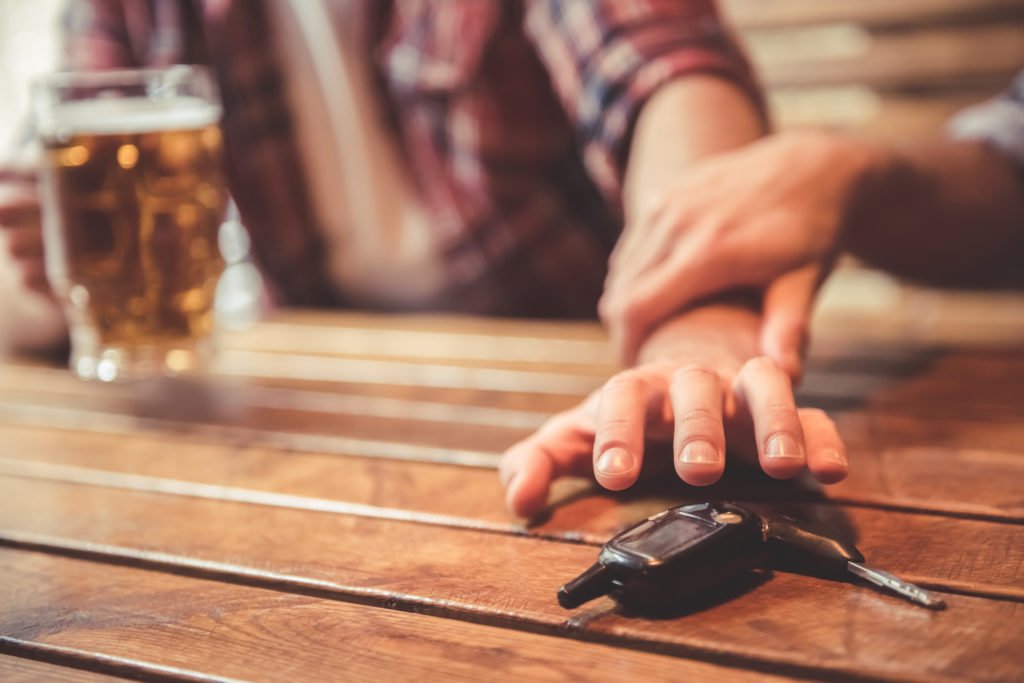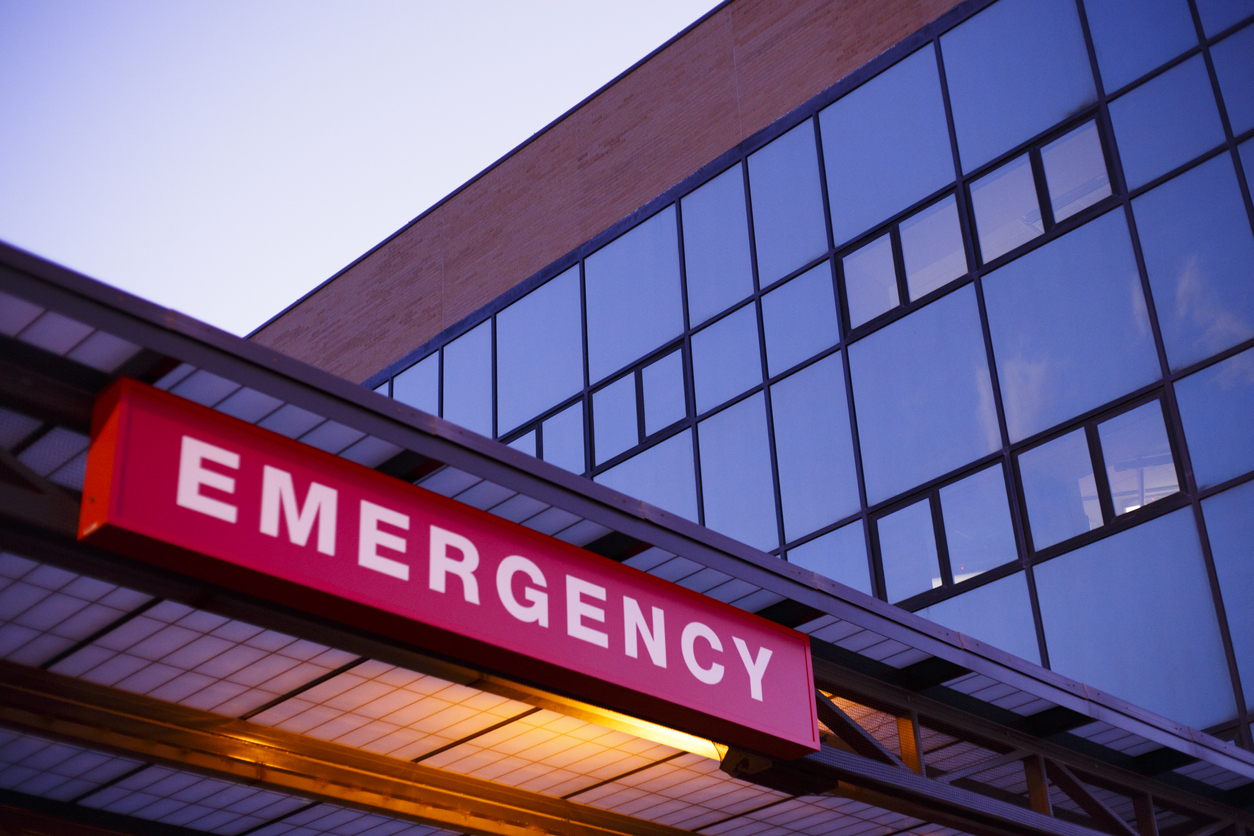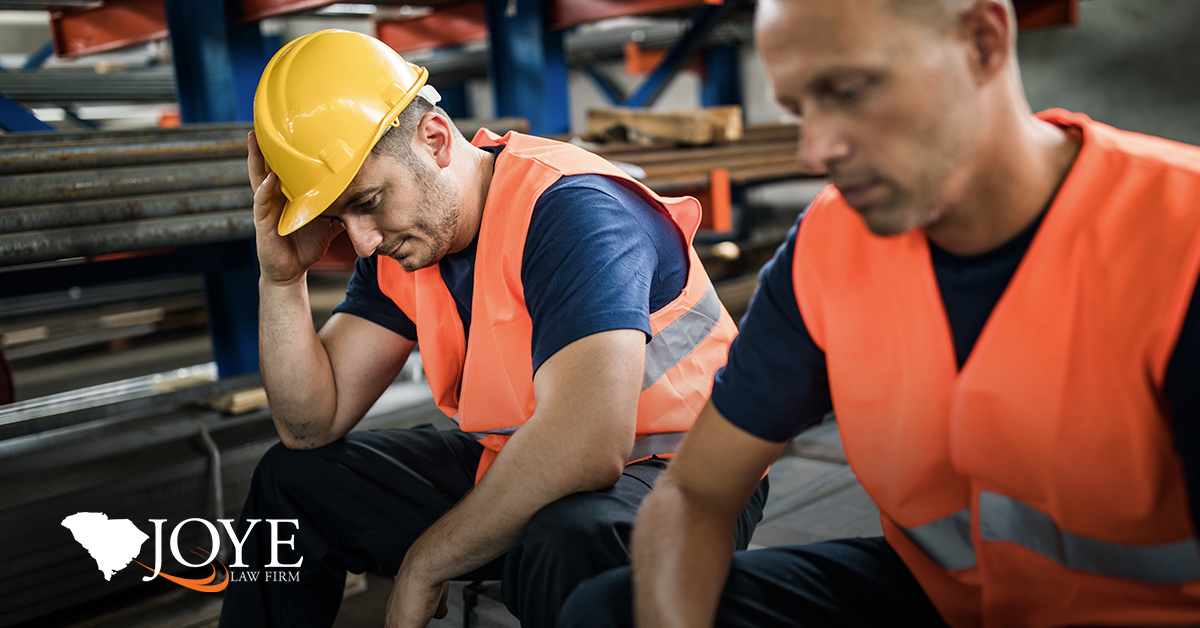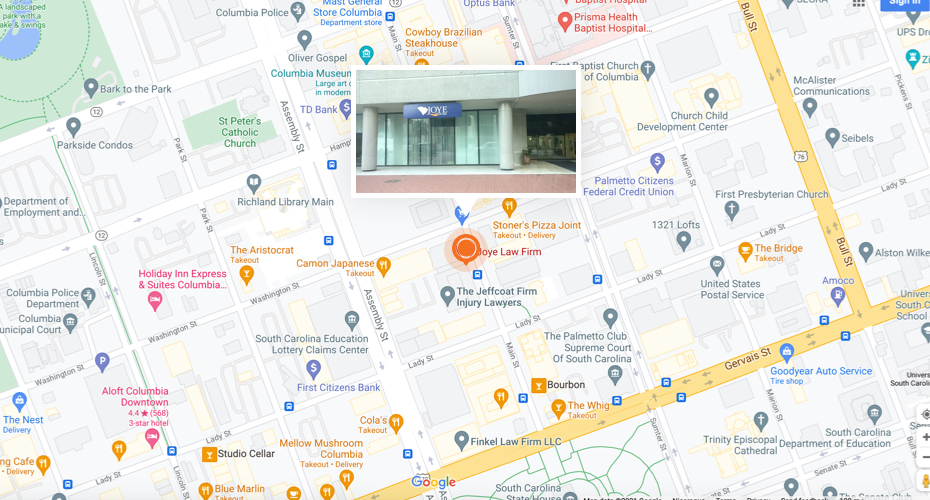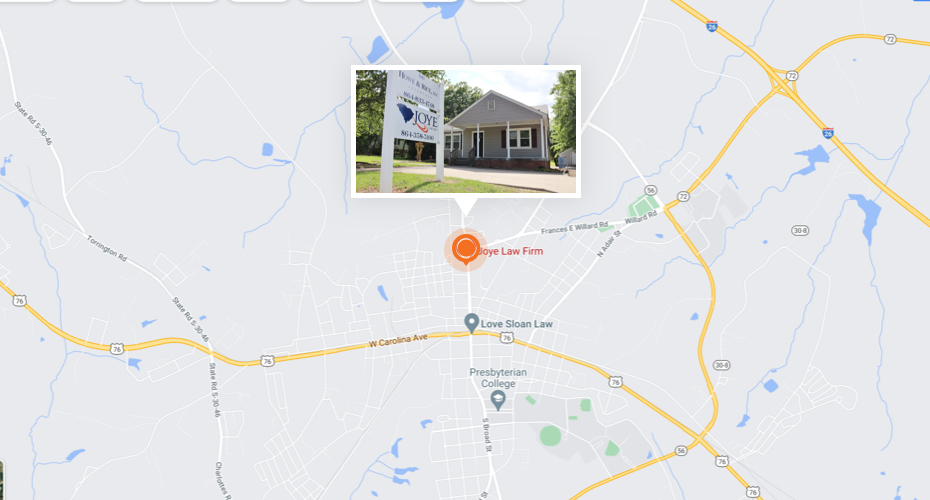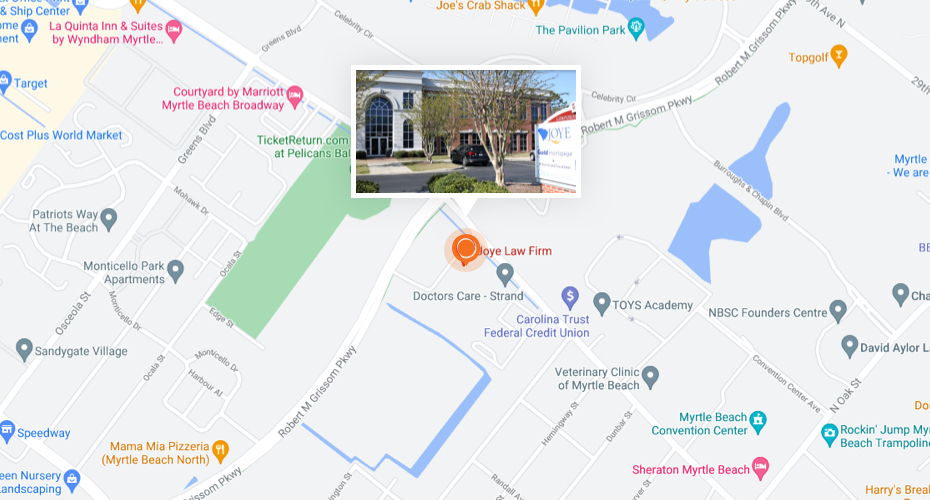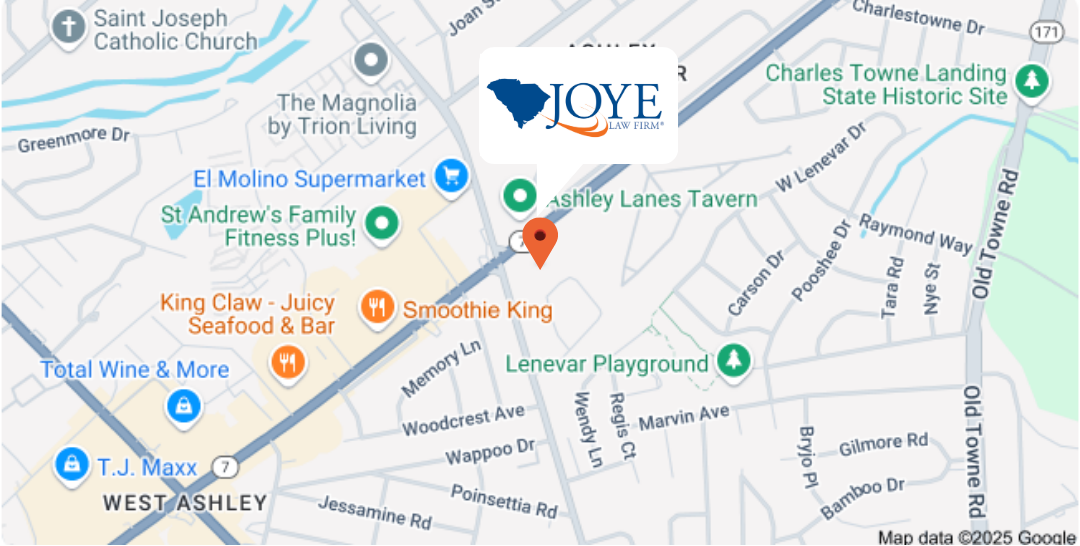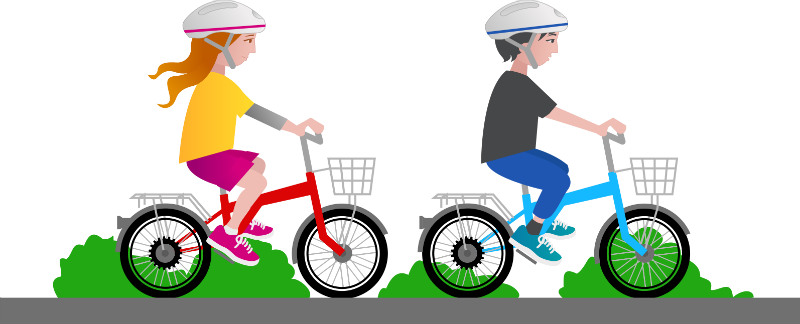
Summer is a time to get the kids outside to enjoy fun and healthy activities such as riding bikes around the neighborhood. Biking is a great way to get some exercise and go from place to place. But with biking comes responsibility. Parents need to make sure their kids follow safety rules to ensure bike riding stays fun instead of turning tragic.
Unfortunately, accidents involving bicycles do happen, often resulting in serious injuries or worse. In 2013, 743 bicyclists died and 48,000 were injured in the United States in accidents involving cars, according to the latest statistics from the National Highway Traffic Safety Administration (NHTSA). The majority of these accidents – 68 percent – occurred in urban areas. In South Carolina in 2013, 15 bicyclists died in traffic accidents, accounting for 2 percent of all traffic deaths.
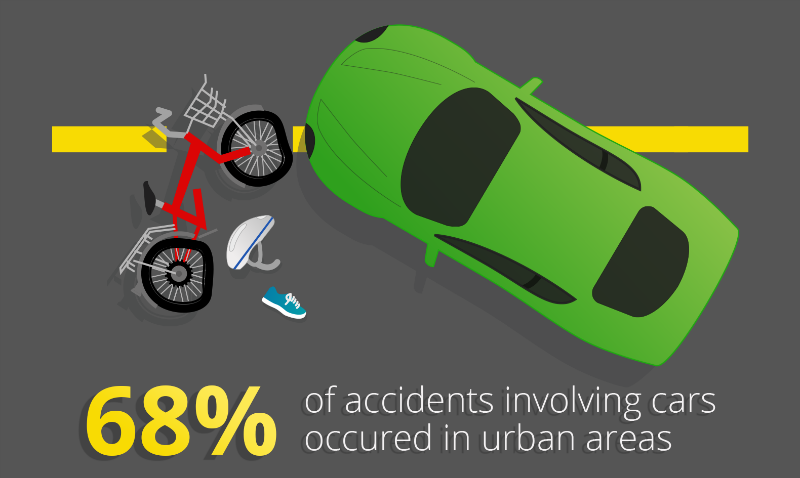
Some of those victims are children. People younger than 15 account for 7 percent of the deaths and 11 percent of the injuries to bicyclists. Nearly 8 percent of the deaths were among teenagers between the ages of 15 and 19, with 15 percent of the injuries occurring among that age group.
Motorist negligence is often a factor in bicycle accidents. However, the bicyclist’s behavior also plays a role in many accidents and injuries, according to NHTSA. Examples of dangerous behaviors include not wearing helmet, swerving into traffic, riding into a street without stopping first, running stop signs or riding in the wrong direction.
NHTSA offers a number of tips for safe bike riding. They include:
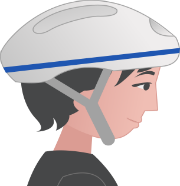 Wear a helmet and make sure if fits properly. Anyone riding a bike should have a helmet on, especially children. Young children riding with their parents should also wear a helmet. It is the best way to protect the brain in the event of an accident. NHTSA offers a guide on how to properly fit your bike helmet. A helmet needs to be comfortable enough so you will wear it. It’s important to replace a helmet that has been outgrown, is damaged or has been in a crash.
Wear a helmet and make sure if fits properly. Anyone riding a bike should have a helmet on, especially children. Young children riding with their parents should also wear a helmet. It is the best way to protect the brain in the event of an accident. NHTSA offers a guide on how to properly fit your bike helmet. A helmet needs to be comfortable enough so you will wear it. It’s important to replace a helmet that has been outgrown, is damaged or has been in a crash.- Make sure your bike is ready and safe to ride. You or your child should inspect the bike so make sure it is working properly and all parts are secure.
- Your child needs to ride the right size bike. Adjust the bike so it is the proper height for your child. If the child is standing over the bike, there should be 1 to 2 inches between the child and the top bar of the bicycle. The seat should be level and at a height that allows for a slight bend at the knee when the leg is extended. The handlebars and the seat should be at the same level.
 Check the inflation level of the bike’s tires and make sure the brakes work properly.
Check the inflation level of the bike’s tires and make sure the brakes work properly.- Visibility is key. Just because a cyclist can see a car doesn’t mean the car’s driver can see the cyclist. Dress your child in clothing that will allow them to be more visible to other drivers, such as neon or florescent colors. Even in daytime, wear something that reflects light. Flashing lights on a bike can be helpful.
- Teach your child to always keep two hands on the handlebars and to carry their stuff in a backpack or bike carrier.
- Show your child how to watch for and avoid road hazards such as broken glass, puddles and potholes. Teach them that when a group is riding together, the lead rider should call out to those behind about any hazards.
- Don’t allow your child to ride after dark. Cycling at night is much more dangerous because it hard for others to see you. If they do ride at night, make sure they have lights or reflectors on the front and rear of the bike, as well as reflectors on the wheels. Make sure they wear bright or reflective clothing.
- Generally, bicycles are considered vehicles and those riding bikes have the same rights and responsibilities as those who drive cars. That means cyclists must follow the rules of the road.
- Teach kids how to go with the flow of traffic and ride in the same direction as other vehicles. Make sure they ride in a straight line.
- Teach your children the rules of the road, including obeying all traffic signs, signals and markings. Show them how to signal with their arms when they are about to turn and to look behind them before making the turn. Teach them to yield to traffic on a larger roadway, especially when coming out of a driveway or bike path. Tell them to watch for parked cars.
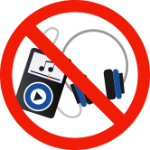 Tell your child to stay alert at all times when riding a bike and to never wear headphones when riding. Emphasize they need to use their eyes and ears to look for dangers such as potholes or oncoming traffic.
Tell your child to stay alert at all times when riding a bike and to never wear headphones when riding. Emphasize they need to use their eyes and ears to look for dangers such as potholes or oncoming traffic.- The street is typically the safest place for bicycle riding. But children under the age of 10 usually are not mature enough to understand and follow the rules of the road and are safer riding on the sidewalk, preferably with parental supervision. When riding their bike on the sidewalk, children should stop at intersections and watch for cars entering or exiting driveways.
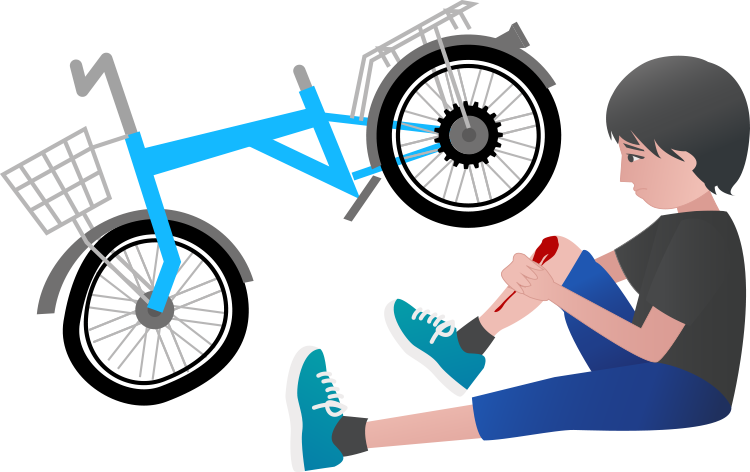
Sadly, a careless motorist could still cause a serious accident even if your child is following all the rules while riding a bike. If your family member has been hit by a car while riding a bicycle, contact an experienced personal injury attorney as soon as possible.
Sources:




